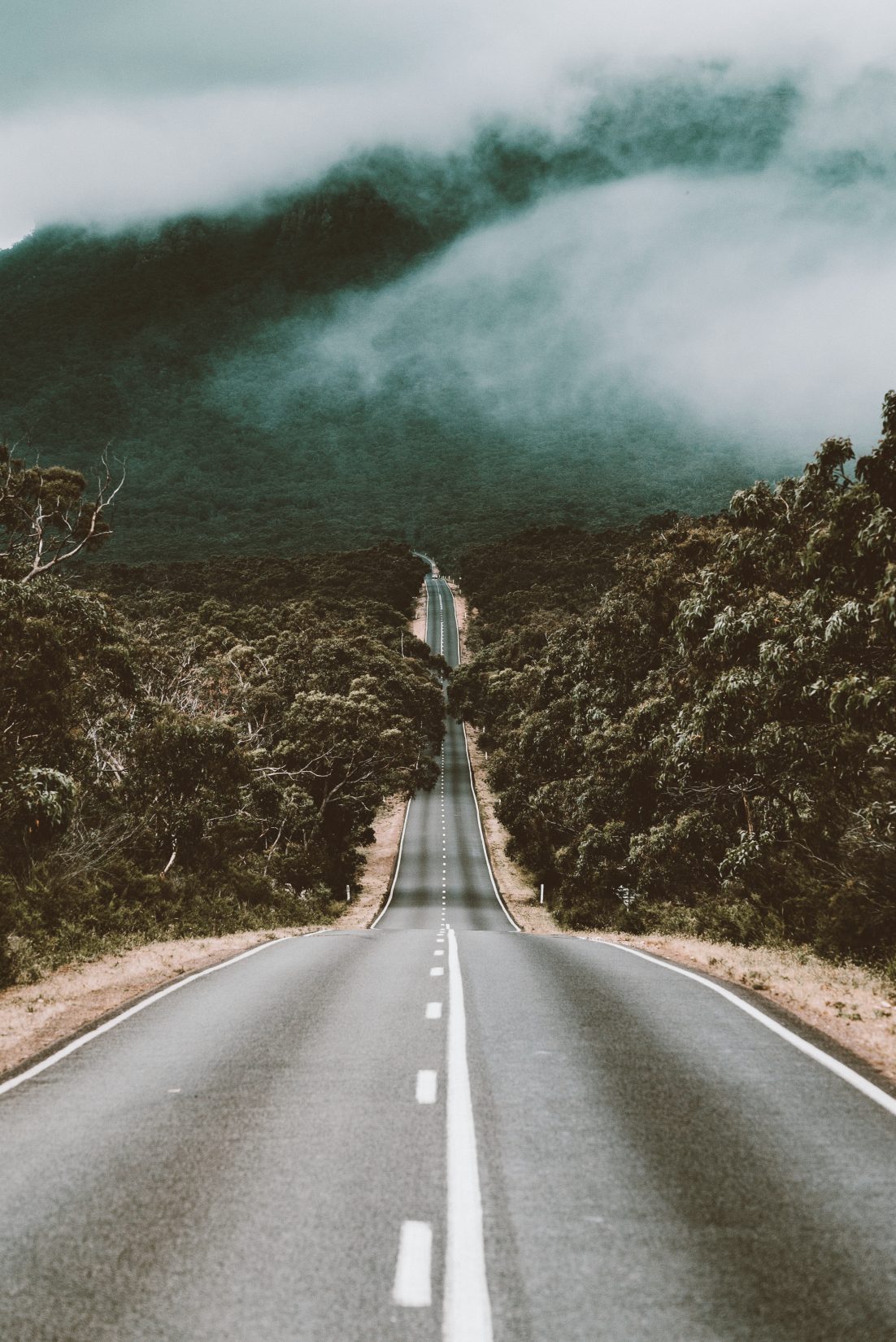Tasmania – Australia’s Wild Island State
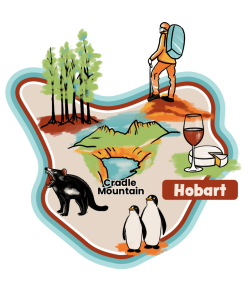
Tasmania, or Tassie as it’s affectionately known, is Australia’s only island state and arguably its wild and rugged heartland. Located off the south east corner of the country and separated from the mainland by the Bass strait, coming here feels like entering a heavenly outdoor playground. Think soaring mountains plunging to deep glacial lakes, wild untouched beaches, forests and stories of tigers long extinct. Log cabins overlooking beautiful lakes, wineries serving up top notch tipples and some of the freshest seafood you’ll taste.
That’s not to say the wilderness is all there is here. The capital Hobart is cool and cultural and attracts anyone in search of world class art galleries, festivals, food and more.
Tassie may be small but it’s packed with much to see, do and experience. The tourist office invites travellers to “come down for air” and we reckon that just about sums up this breathtaking state.
Want to know the best spots to hit up? Read on.
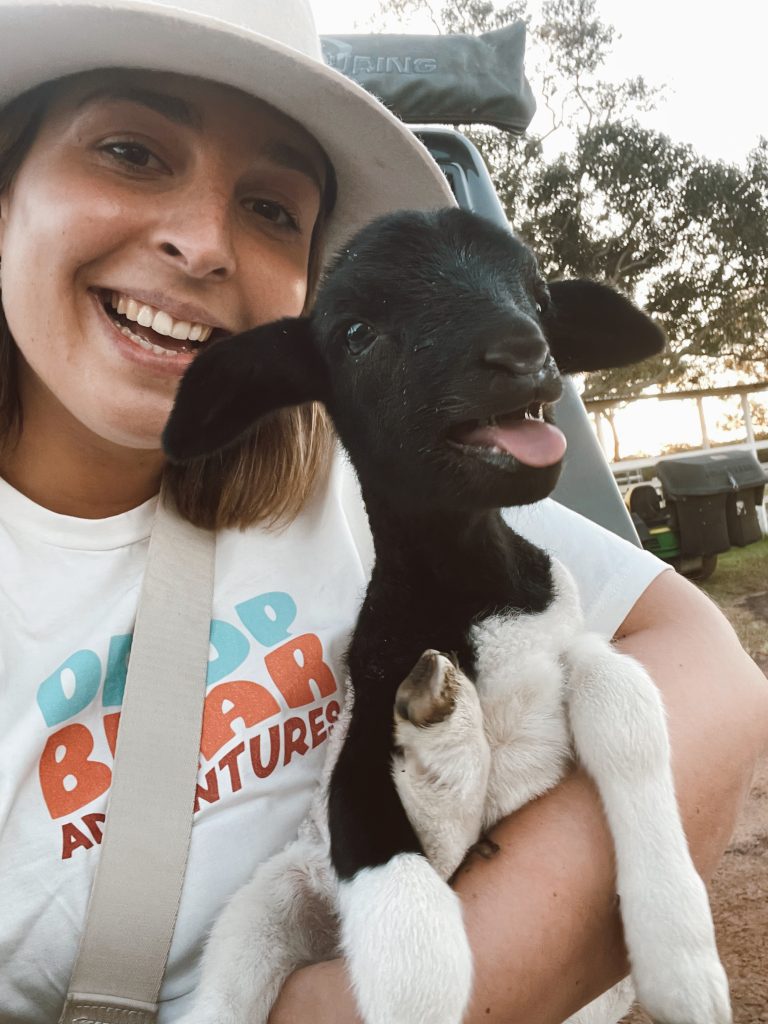
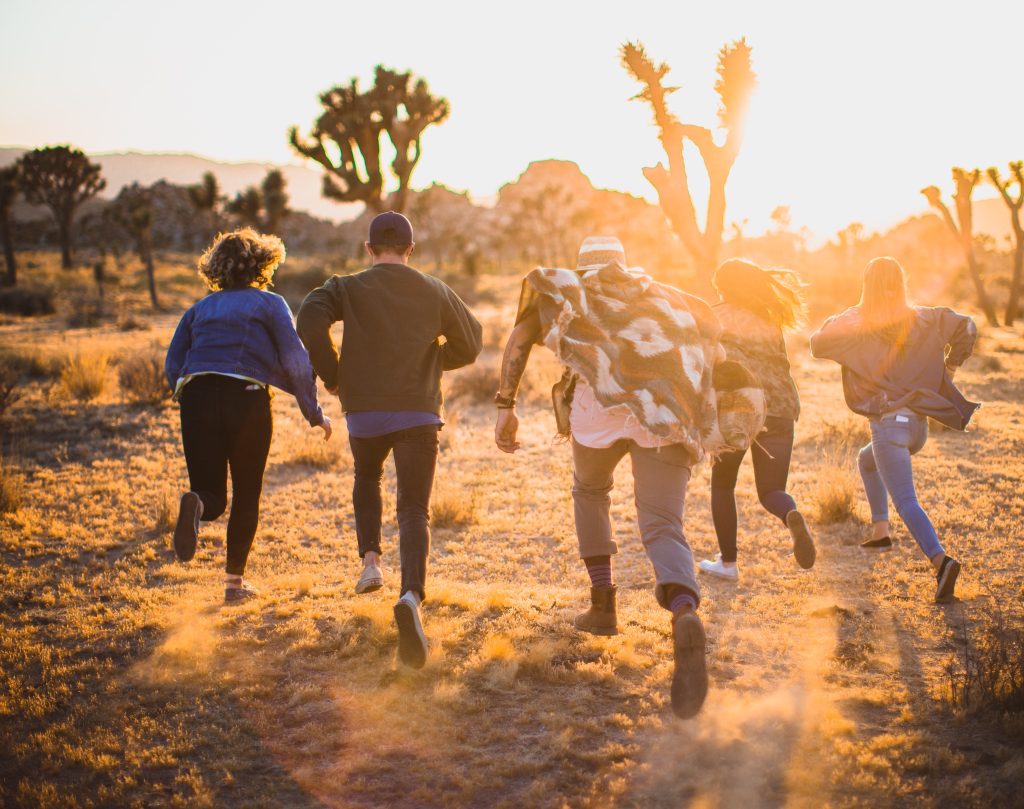
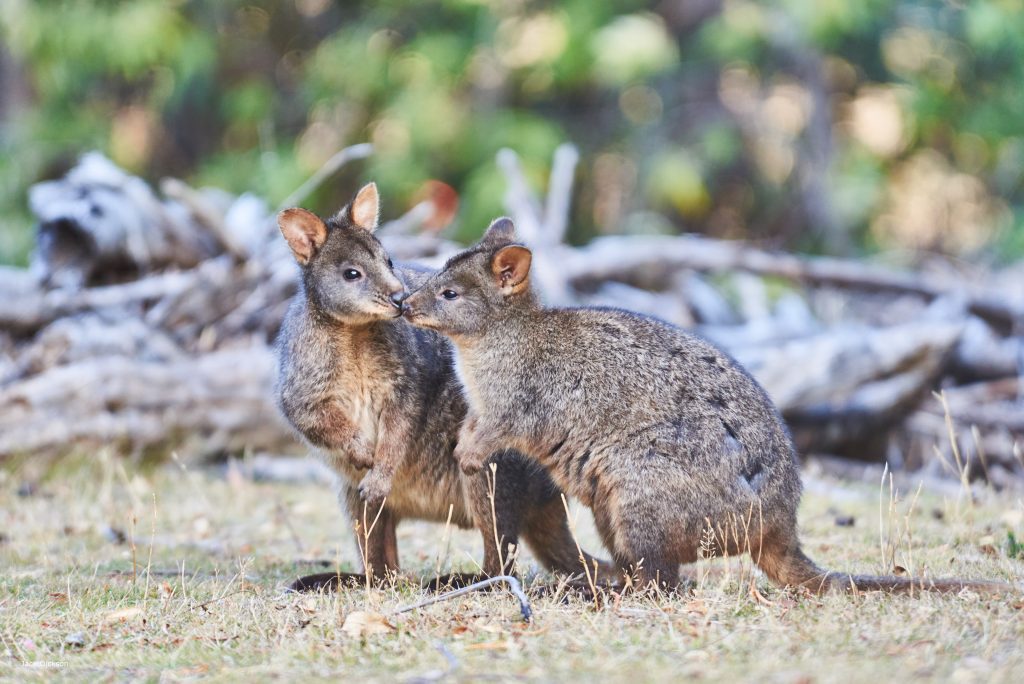
Top 10 Best Places to visit in Tasmania
Cradle Mountain-Lake St Clair National Park
If there’s one thing Tasmania has in spades its epic natural beauty. And it doesn’t get more impressive than Cradle Mountain, the state’s most famous natural wonder. Cradle Mountain truly is a sight to behold with its strange bow shape plunging into the glacial depths of Lake Dove below. The national park is home to seven of Tasmania’s highest peaks and is a must do for serious hikers, less serious walkers or anyone who appreciates alpine vistas, wildlife, lakes and forests. Head here in autumn to see the trees turn every shade of yellow and red.
Freycinet National Park
The east coast’s biggest attraction is the stunning Freycinet Peninsula, home to Freycinet National Park. Star attractions here include pink hued granite mountains, white sandy beaches with turquoise waters perfect for swimming, snorkelling and more and plenty of quiet seclusion and wildlife. There’s lots here for families and adventure seekers alike.
Wineglass Bay
Located in Freycinet National Park is Wineglass Bay, by far its most popular sight and for good reason. A sweeping arch of white sand cradles a quiet bay backed by the Hazards mountains. There are lookouts and walks around the area and it’s an absolute stunner at sunset. Get your camera ready.
The Three Falls Circuit Walk
Just north of the capital, Hobart, is Mount Field National Park – one of Tassie’s oldest national parks. Here is where you’ll find some of the most stunning waterfalls and forests in the state and the best way to see them is the very do-able 6km Three Falls Circuit. Russell Falls is a much photographed, two tier beauty flanked by ancient ferns. Larger Horseshoe Falls is a 10 minute steady climb away. The walk takes in huge swamp gums, the world’s largest flowering plant, and finally Lady Barron Falls, a cascading waterfall that ends the walk on a high note.
Tasmania’s First Peoples Led Tours
Learn about local First Peoples’ connection to country, stories and culture by joining the Aboriginal led wukalina Walk up in the north east of the state. The 3 night tour crosses the beautiful landscapes of wukalina (Mount William National Park) and larapuna (Bay of Fires). The highly knowledgeable guides share their deep connection to the land and it’s an excellent way to learn about Tasmania’s First Peoples, past and present. In the city, Hobart has the takara nipaluna walking tour which takes in the important sites of the Aboriginal resistance which took place during the 19th century.
MONA – Museum of Old and New Art
The best known art museum in Tasmania is a stone’s throw from Hobart on the Berriedale peninsula. This three level, underground quirky art filled paradise houses a $110m private collection from ancient to modern and contemporary pieces. There’s something for every taste as well as regular special exhibitions. You’ll never be bored with both summer and winter festivals, plus bars, restaurants and the onsite Moorilla winery. It’s a cultural must do if you’re spending time in Hobart.
Bruny Island
A 20 minute ferry ride from Kettering (half an hour south of Hobart) takes you to sweet Bruny Island. Almost like Tasmania has been repeated in smaller form, Bruny Island is the place to come to spot wildlife. You can expect to see wallabies, echidnas, seals, an array of bird species and even penguins. Hop on a boat tour or hang in one of the many coastal reserves which offer up spectacular walks and views. There’s plenty of excellent wineries and restaurants to relax in after a busy day exploring too – the local oysters are a highlight.
Hobart
If you’re flying into Tasmania you’re likely to land in pretty Hobart, the state capital. This historic city located on the banks of the River Derwent is Australia’s second oldest capital and well worth a day or two of your time. Check out the Salamanca Market on a Saturday morning, take a bike ride along the waterfront or head over to MONA and see what all the fuss is about. The state’s best selection of restaurants are here and you can even drink a cocktail inside the walls of a 19th century hospital!
Mount Wellington
Look in any direction in Hobart and you’ll probably be faced with the forested slopes of Mount Wellington. A top spot for mountain biking, hiking or just getting out into nature, being just a 30 minute drive from the city makes this a popular getaway for locals. Bring your camera for epic views of the city and beyond from its various lookout points.
Hastings Caves and Thermal Springs
Down south in the stunning Huon Valley are the Hastings Caves. Join a ranger led guided tour through a subterranean labyrinth of stalactites, columns and other eerie geological wonders. This ancient cave system has remained unchanged for millions of years and it’s a great way to time travel back to Tasmania’s earliest times. The nearby thermal pool is well worth a swim with its 28 degrees of natural thermal spring water full of minerals.
seasons
Tasmania is beautiful at any time of year and its dramatic landscapes suit the moodier weather that tends to land this far south. When you visit will depend on what you’re planning to do. If its beach time you’re after head over during the summer months of December to February for the warmest temperatures. March to May is the best time to visit Tasmania for stunning forest colours. Winter from June to August can be cold but bright and is perfect for snowy adventures. Wildflowers and gradually warming temperatures feature during the spring months of September through to November. Most of the rainfall hits the western side of the island year round but expect rain at any time. The wettest months are during winter.
Culture
Tasmanians are cool and cultural, outdoorsy and welcoming. The least populated state in Australia it may be but Tasmania’s locals love to share their love of mountains and forests, wine and great food.
top tip
It pays to invest in the right clothing and gear if you’re planning a lot of time outside during your time here – and you should be! Rain is a fact of life and what makes the place such a lush, green wonderland. Bring waterproofs and decent footwear no matter what time of year you visit Tasmania and have no excuse not to get out there and explore this absolute stunner of a state.

